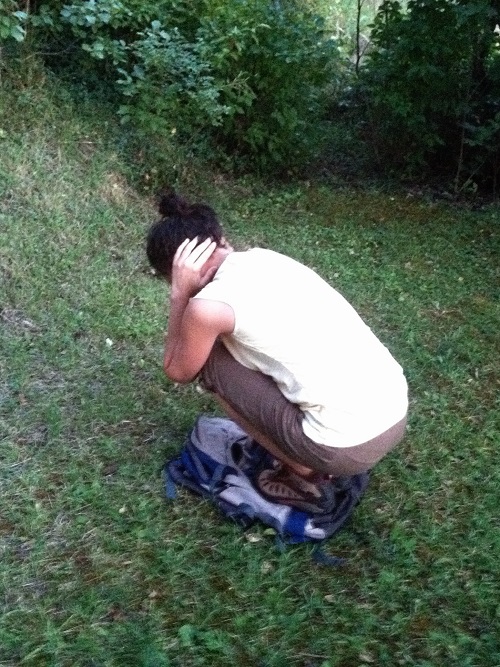The weekend after completing my first wilderness medicine course, I found myself on a camping trip hunkered down on a foam mat trying to find safety from the storm overhead. To this day, I still have memories of my hair standing up on end, the smell of ozone and the rattle of metal objects. Since that storm, I have found myself in well over a hundred thunderstorms while traveling in remote environments. Some of the storms were closer than others, but each inspired awe, fear and a good dose of respect.
The most challenging part about being in a lightning storm is the lack of predictability of the strikes. Lightning is random; it can strike in the same place twice, does not always hit the tallest object, and can travel horizontally from storms, striking a location with blue skies overhead. This unpredictability combined with the violence of the lightning should produce respect and caution in even the most well-traveled adventurer.
Lighting can strike people in two ways – direct strikes and through a ground current. Direct strikes occur when the lightning passes through the body of the person being hit, producing both entrance and exit wounds. Ground currents are strikes from an electrical charge caused by a near by strike that travels through the ground and are responsible for the majority of lightning injuries.
The best prevention is to not be outside when a lightning storm hits. Of course this isn’t always practical for people that recreate outside. Knowing local weather patterns can provide some knowledge of when to travel and, more importantly, when not to travel in lightning prone areas. Learning to read weather to predict the arrival of the cumulonimbus clouds (tall clouds that produce lightning) provides the ability to move towards a safer location prior to the arrival of a storm. In settings where visibility is limited by a mountain or cliff, having and using a barometer to detect changes in the atmospheric pressure can give some warning that a storm is approaching.
You can track the progress of the storm toward or away from you by counting the time between the flash of lightning and the boom of thunder. The storm is one mile away for every five seconds between the light and the noise. If the count between the flash and the boom is getting smaller, the storm is moving closer; if the count is getting longer, the storm is moving farther away.

If you find yourself in a thunderstorm, there are a few things you can do to reduce your risk exposure. If you are close enough to hear the thunder, you are close enough to get struck. Start by getting to a “safer” location: summits, ridges, hilltops, and bodies of water are all less desirable than valleys and low-lying areas. Find a low-lying area ideally with a group of similar height trees; avoid being under or near a lone tree. Next, reduce your exposure to ground currents by insulating yourself from the ground by crouching, kneeling or sitting (in that order) on a sleeping pad or backpack in order to limit your contact with the ground.
Lightning injuries are caused by the heat, electrical charge and concussive force of the lightning. Injuries can include cardiac or respiratory arrest, loss of hearing and vision, burns, and nervous system dysfunction. Many of the injuries can be stabilized with first aid and CPR training; however, anyone who is suspected of being struck by lighting should be evacuated to a hospital for further evaluation.
Even with wilderness medicine training and an appropriately stocked first aid kit, the best first aid is always prevention. When spending time outdoors this summer, be sure to keep an eye on the sky to watch for the build up of cumulonimbus clouds. Understand the local weather patterns and have a plan for how to get yourself to a less exposed place if the storm continues to build.
Written by Jason Luthy













